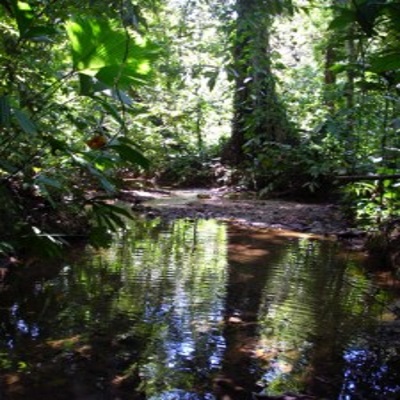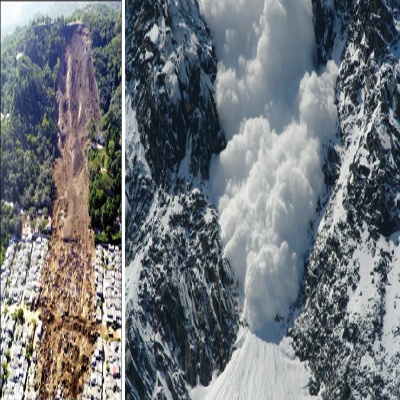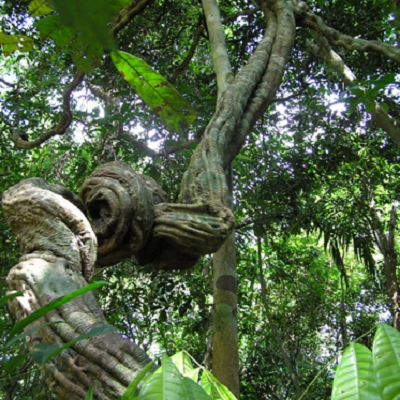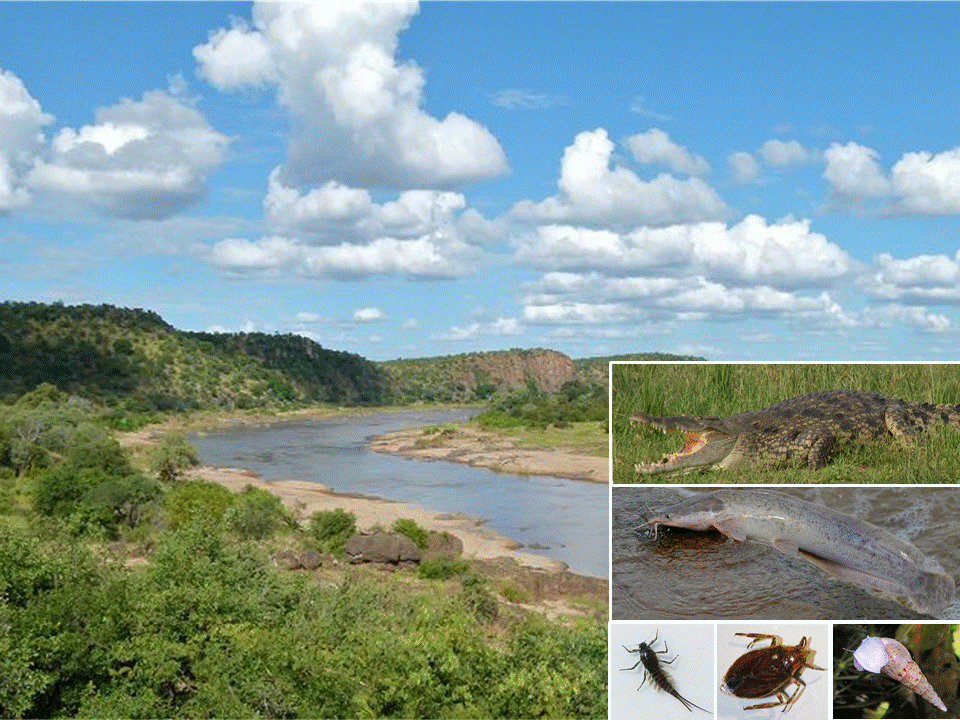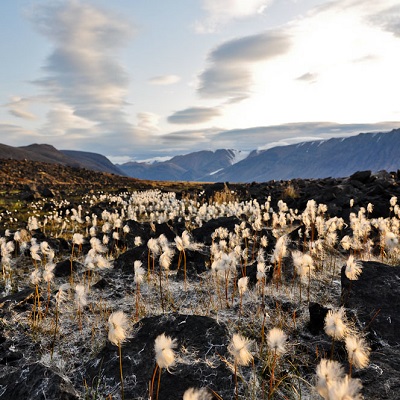The onset of major northern hemisphere glaciation (NHG) marked a significant threshold in the Earth’s history with the transition from the relatively warm Pliocene to the colder Quaternary which was punctuated by shifts between glacial and interglacial conditions. Whilst this transition at c. 2.73 Ma has been widely studied, scientific understanding of events immediately prior […]
Read More
Insect populations are declining at an alarming rate, globally. Aquatic insects have a crucial functional role in the environment and are used to monitor stream impairment. Despite the significance of aquatic insects, the majority of research is focused on the larval stage of these animals, with very little consideration of eggs. This is despite pollutants […]
Read More
Natural wetlands are the greatest emitters of atmospheric methane. Plants are important controls of this as they can both stimulate high methane production and suppress emissions by releasing oxygen into the ground supporting bacterially mediated oxidation of methane drastically cutting emissions. Tropical wetlands are particularly important in the global methane cycle, however, the mechanisms behind […]
Read More
This project will explore granular slides observed in nature as landslides and (dry snow) avalanches and in industrial processing and storage applications (chutes, hoppers, blenders, rotating drums, heap formation). The landslide database of the British Geological Survey BGS documents 17,000 landslides across Great Britain alone which resulted in several fatalities and socio-economic losses and thousands […]
Read More
Holey hypervolumes! The multivariate geometry of adaptive radiation. We seek a maths, physics or engineering graduate with an interest in biology, or a biologist with good mathematical skills, for an exciting, international, interdisciplinary, collaborative PhD to investigate multidimensional variation in the shape (phenotype) of fish, and the ecological characteristics of the environments they inhabit. The […]
Read More
We are seeking a student with a love of fresh waters, algae and experimental ecology to study the problems of nuisance blanket weed blooms in UK water bodies. This CASE studentship with a £1000 per annum stipend top up is supported by the National Trust, who will provide an additional £1000 to support research costs. […]
Read More
Lianas reduce growth and increase mortality of their host trees, thereby reducing carbon accumulation in tropical forests by as much as 76%. Increased liana dominance may therefore further reduce carbon uptake and storage and endanger the future of the tropical carbon sink, with serious implications for climate change. Tree canopies suffer from liana infestation, which […]
Read More
This project will explore the presence and bioaccumulation of organic and inorganic contaminants along the Olifants River system in South Africa, and their impact on wildlife health both outside and within Kruger National Park (KNP). This is a unique, interdisciplinary project involving environmental geochemistry, ecology, and animal health, involving colleagues at the University of Nottingham, […]
Read More
The Arctic tundra is particularly exposed to climate change, with warming of up to 5°C measured during the 20th century, and substantial increases in precipitation predicted for the 21st century. However, projections from climate change models vary widely during the short growing season in this ecosystem and predictions of consequences for plant growth are still […]
Read More
Understanding variation and change in biodiversity as a consequence of changing environments is one of today’s main scientific challenges. One problem is that recent climate change has tended to be much smaller in magnitude (~1°C) than the change expected over the rest of this century (~5°C), which limits the ability to predict future biodiversity change. Also, much of the […]
Read More



